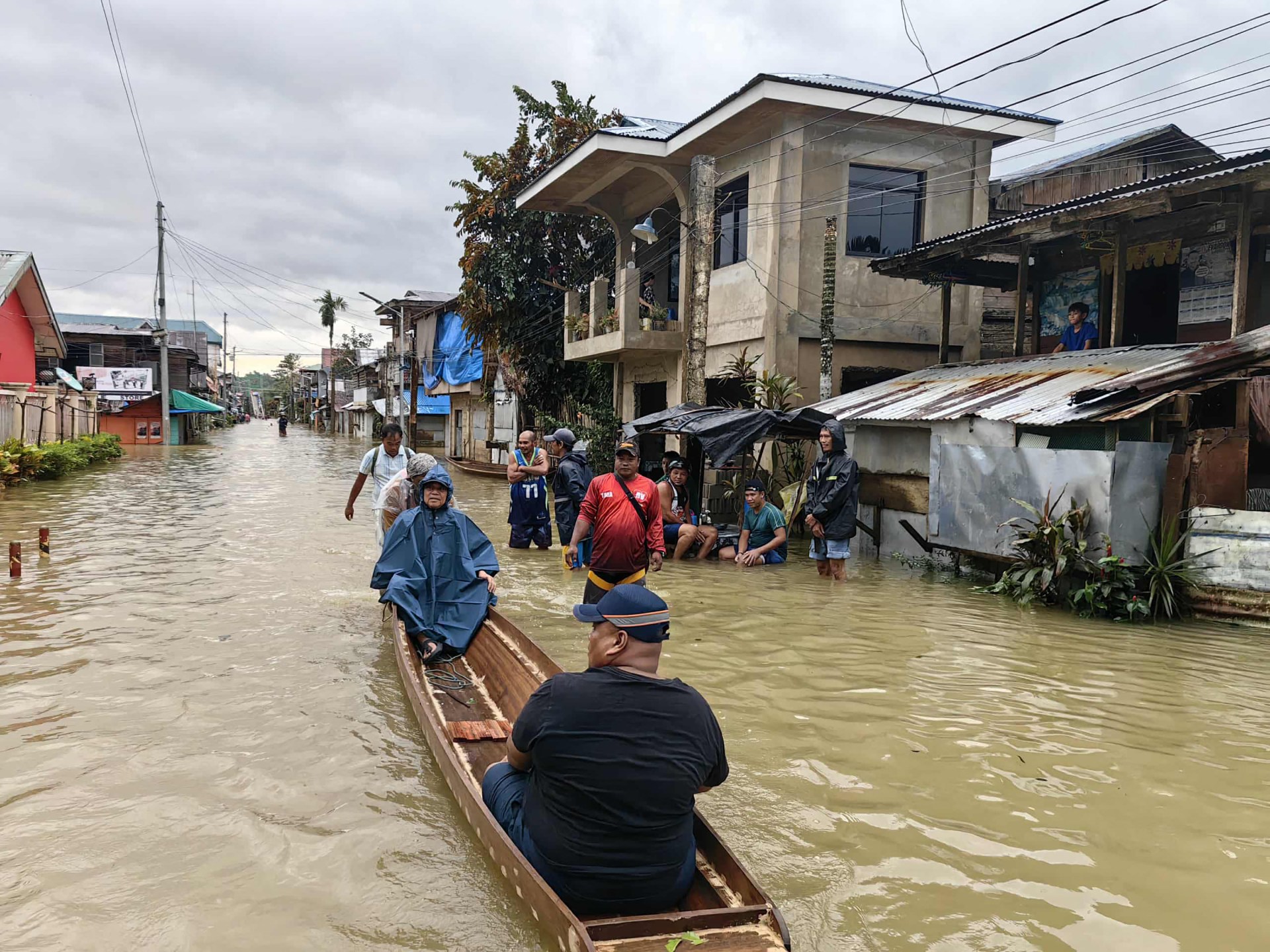Deadly Typhoon Kalmaegi devastates the Philippines and Vietnam, with survivors bracing for another storm.
Published On 9 Nov 2025
At least two people have been killed in the Philippines as Super Typhoon Fung-wong slams into Philippines’ eastern seaboard, with heavy rains and strong winds cutting power in large areas of the Bicol region, according to the authorities.
The storm, with a radius spanning nearly the whole of the Philippines, made landfall in Aurora province on the main island of Luzon at 9:10pm (13:10 GMT) on Sunday, the state forecaster reported.
Recommended Stories
list of 4 itemsend of list
More than a million people evacuated vulnerable areas ahead of the typhoon’s landfall as sustained winds of 185kmph (115 mph) and gusts of up to 230kmph (140 mph) battered parts of Luzon, the Philippines’ most populous island.
The new typhoon came days after Typhoon Kalmaegi left a trail of devastation across Southeast Asia, killing 204 people in the Philippines and at least five in Vietnam.
More areas across Luzon were placed under the highest and second-highest storm warning levels while Metro Manila and nearby provinces remain at level 3.
As a safety precaution, several airports, including Bicol International Airport and Sangley in Metro Manila, have been closed.
The civil defence office reported that one person drowned in Catanduanes and firefighters recovered the body of a woman trapped under debris of a collapsed home in Catbalogan City.
State of emergency
Authorities warn that Fung-wong could blanket nearly the entire country. Officials urged residents in coastal and low-lying areas to seek safety.President Ferdinand Marcos Jr has declared a state of national emergency.
Named locally as Uwan, Fung-wong is the 21st storm this year to hit a nation that normally has about 20 a year. It is expected to head northwest from Monday and then north by Tuesday, remaining at typhoon intensity, said weather bureau PAGASA.
By Wednesday, it is projected to move towards the Taiwan Strait, weakening before landfall in western Taiwan on Thursday. It is then forecast to lose strength rapidly before emerging over the waters of Ryukyu Islands as a weak tropical system.
According to the Office of Civil Defence , Kalmaegi displaced more than half a million people. Nearly 450,000 sought shelter in evacuation centres or with relatives, as rescue crews continued to search for more than 100 missing people.
In Vietnam, state media reported five deaths, three in Dak Lak province and two in Gia Lai, and three people missing in Quang Ngai city. The storm destroyed or damaged nearly 2,600 homes and cut power to more than 1.6 million households. In Quy Nhon, residents emerged to find metal roofs and furniture scattered across streets, while shopkeepers laid out soaked goods to dry.
Authorities said more than 537,000 Vietnamese had been evacuated before the storm hit, with Kalmaegi dumping up to 600mm (24in) of rain before weakening into a tropical storm and moving into Cambodia.
The Philippines and Vietnam, two of the world’s most disaster-prone countries, face typhoons almost yearly. But scientists warn that climate change is causing stronger and more frequent storms.










